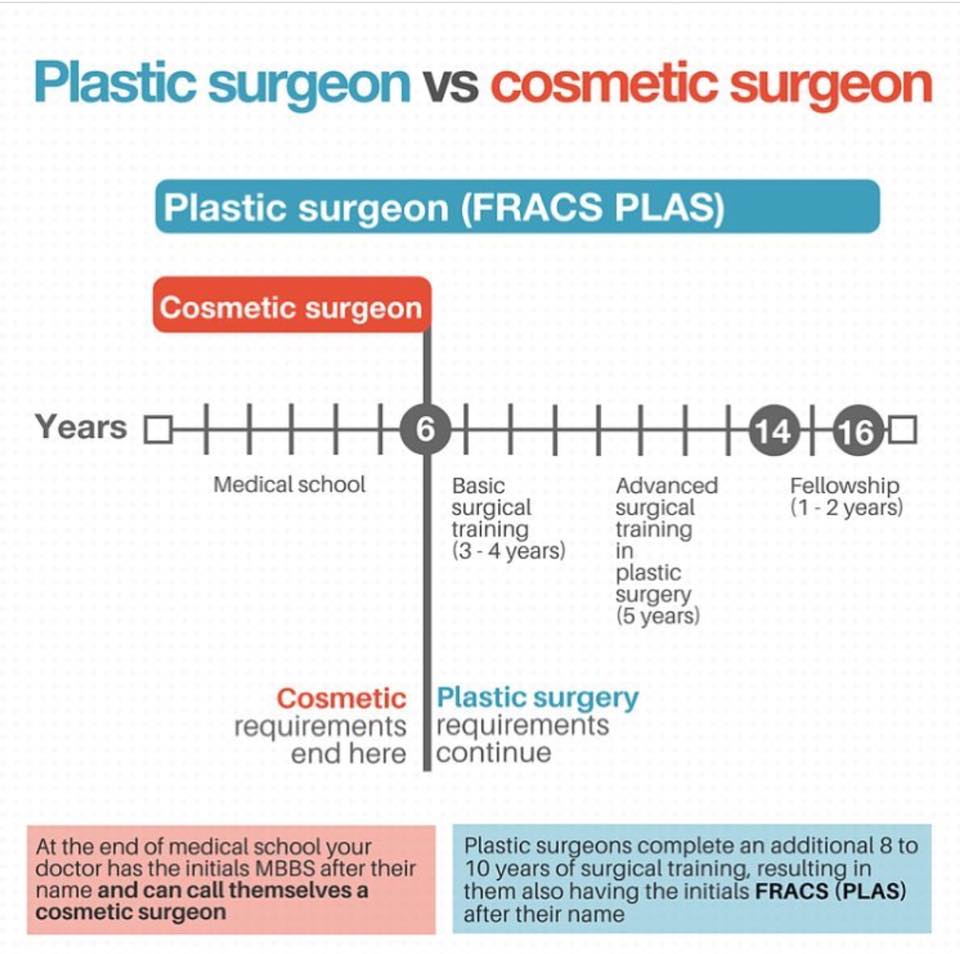Additional Causes And Treatments
Additional Causes And Treatments
Blog Article
Root causes of Acne on Cheeks
Acne outbreaks in the cheek location are set off by several points, from touching your face frequently to not changing your pillow case typically enough. Picking at imperfections boosts your risk of infection and scarring, and particular drugs can get worse dark areas (postinflammatory hyperpigmentation).
Thankfully, there are numerous methods to avoid and treat cheek acne. These include:
1. Hormonal Changes
Acne is mostly caused by hormones, especially those produced during puberty and maternity. For some, a family history of acne might additionally add to their problem. Anything that obstructs pores, such as oil-based skin treatment items or waxy hair products, can trigger acne. Various topical treatments, like benzoyl peroxide and salicylic acid, can fight microorganisms and unclog pores. Those with extreme or persistent acne must seek treatment from their doctor.
Avoid touching or pressing your acne, as this can press several of the germs deeper right into the skin, causing a much more severe breakout. It is additionally vital to transform pillow cases on a regular basis and utilize clean makeup brushes. You should additionally attempt to prevent irritants such as friction from putting on a headgear or limited collar.
2. Diet plan
The greasy, sweet foods that many individuals believe trigger acne may actually refrain so. Actually, research studies have shown that consuming a diet regimen abundant in whole, nutrient-dense foods helps to stop outbreaks.
Foods high in the glycemic index (such as white bread, corn flakes, puffed rice and potatoes, doughnuts and other breads) increase blood sugar degrees swiftly, and this can boost hormones that boost oil manufacturing and cause acne.
Drinking cow's milk has additionally been linked to enhanced acne outbreaks. If you are a normal cow's milk drinker, you might intend to try switching to low-fat or nondairy choices that are strengthened with calcium. Additionally, drinking even more water can assist to reduce acne due to the fact that it assists to keep the skin hydrated.
3. Excess Oil
While oil is crucial for healthy skin, it can become a trouble when excessive sebum mixes with dead skin cells and obstructs pores. This combination can create blackheads, whiteheads and acnes. The clogged pore wall surface can break down and spill germs, dead skin cells and sebum into bordering skin. This leads to a red bump known as an acne. In some cases these red bumps have pus in the facility from a microbial infection. Larger contaminated bumps that appear like acne are called cysts.
There are several points that can cause excess sebum and clogged up pores, including hormonal agent changes, diet and day-to-day practices. bad botox before and after Some instances consist of touching the face frequently, relaxing your hand on your cheek, using unclean makeup brushes and not transforming pillowcases regularly.
4. Anxiety
If you're handling pain pimples or a variety of blackheads and whiteheads, it may be time to talk with a skin specialist. They can recommend an efficient treatment that fits your skin type. Practicing leisure and stress-reduction methods additionally assists.
Acne can take place in the cheeks because of rubbing and pressure, such as when an individual touches their face frequently or puts on a hat or sports helmet that massages against the skin. It can likewise appear where greasy cosmetics and creams rub versus the skin.
Avoid pressing acne, as this can press infected product deeper into the skin and cause scarring. Instead, see a physician to learn more about preventative treatments like drug, skin care products and way of living modifications. Consuming a healthy diet plan of entire foods, getting 7 to nine hours of sleep and making use of noncomedogenic makeup and skincare items can all help reduce acne outbreaks.
5. Hair Products
Hair items are not usually taken a reason for outbreaks, yet they can contribute to acne on the cheeks in some individuals. Pomade acne, which is identified by small shut comedones and papulopustules, is generally caused by using oily hair items that contain comedogenic components such as particular oils and acetylated lanolin.
Choosing hair items that do not contain these potentially comedogenic components is an important step towards decreasing breakouts. Likewise, making certain that hair products aren't coming in contact with the skin can assist protect against breakouts. For instance, putting on a headscarf or bonnet in the evening can restrict hair-to-face call and reduce the possibility that leave-in hair items will certainly rub off onto the face.
In addition to utilizing a non-comedogenic cream and cleaning with an acne face wash, other valuable approaches consist of: